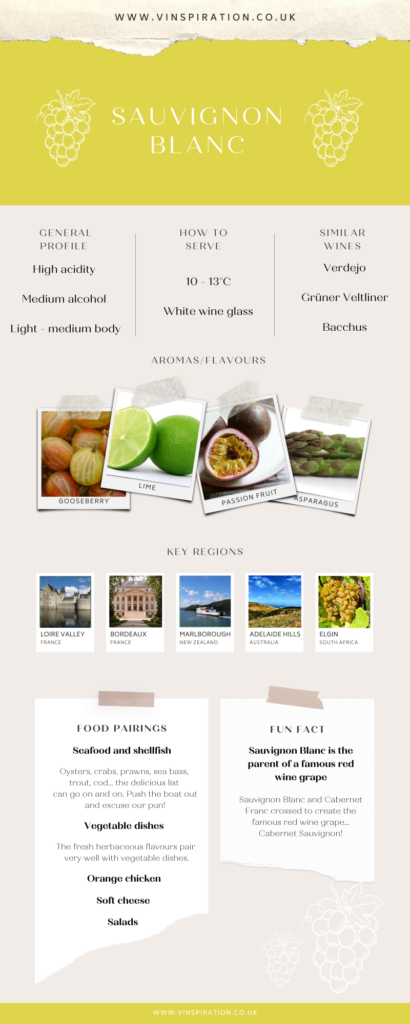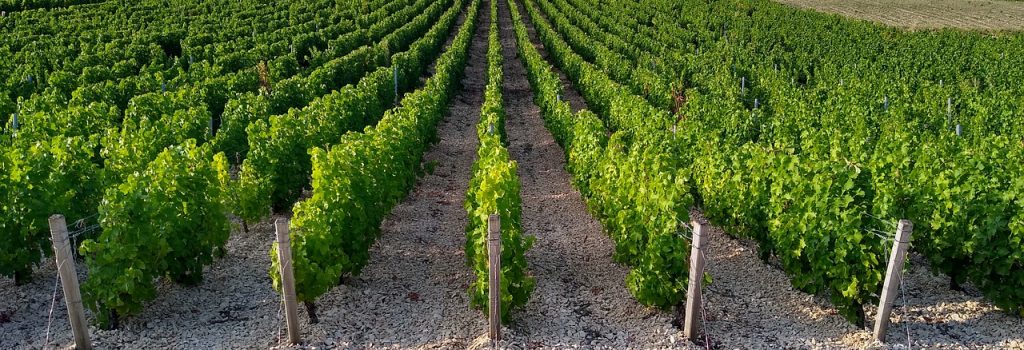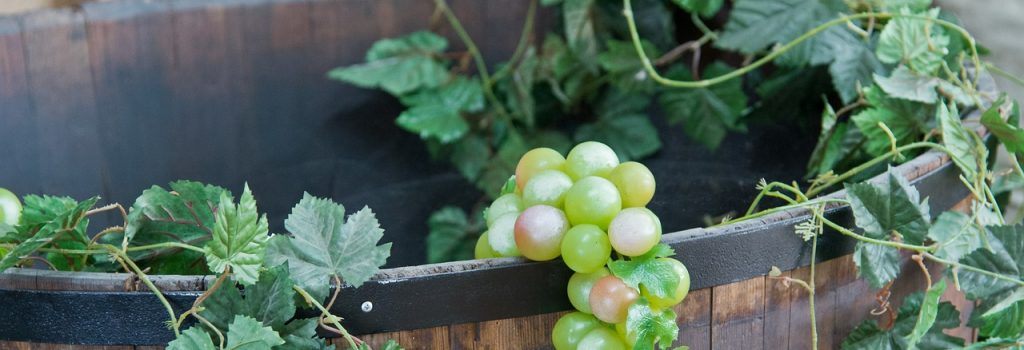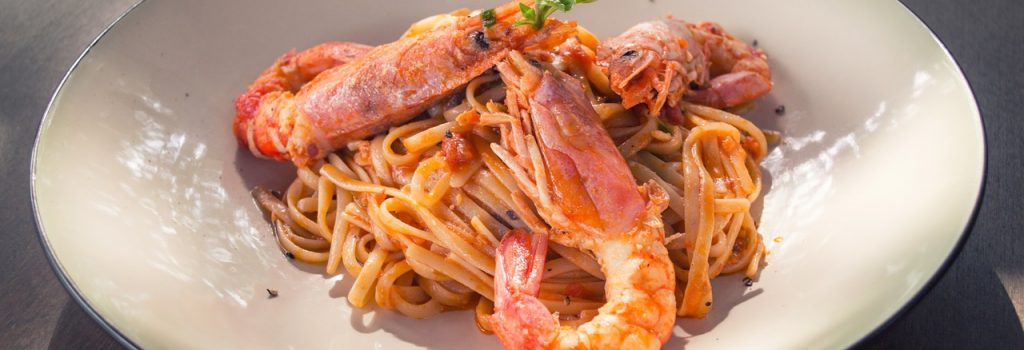
Sauvignon Blanc; the popular grape
“Ask not what wine has done for you; but what you are willing to do for some wine.” – Anonymous
The basics
Sauvignon Blanc is a white grape variety that has an overtly aromatic character. The grape has grown in popularity in recent years, with New World styles – such as wines coming out of New Zealand – being a particular consumer favourite. Its wines are very high in acid, with a light to medium body. They tend to have moderate alcohol levels (around 12-13%).
Sauvignon Blanc has a range of very sharp and fresh fruit flavours, balanced by a crisp acidity. It has flavours of passion fruit, pineapple, apple and gooseberry. As well as flavours of blossom, wet rocks and other minerals flavours.
Sauvignon Blanc is thought to have originated from the Loire Valley area of France and is still grown there today. In general, winemakers will not mature Sauvignon in oak, preferring to use stainless steel vessels to ensure the fresh fruit flavours of the grape are retained.
Old world style (France)
The first style of Sauvignon Blanc is more ‘classic’ and can be found in Old World wine regions, such as France. They tend to have less sharp tropical flavours but more muted fresh green fruits (apple, pear) and stone fruit (apricot, peach) flavours.
Moreover, what makes this grape from the Loire Valley especially so distinctive is its mineral flavours (wet rocks, chalk, flint).
New World style (Australia, New Zealand, etc)
Sauvignon Blanc from the New World (such as New Zealand, Australia and South Africa) will have overt tropical flavours (passion fruit, mango, pineapple) and a fuller body. This is in part due to a warm climate; meaning the grapes can ripen to develop richer fruit flavours.
In particular, wines from New Zealand’s Marlborough regions are some of the most distinctive and popular in the world.

Where does Sauvignon Blanc grow?
Sauvignon Blanc can grow all over the world, however, it prefers cool and moderate climates. Even though lots of popular versions of this grape grow in countries that have a typically warm climate, you’ll find that the regions that produce these wines are slightly cooler, or at least have cooling influences. For example, the Casablanca Valley of Chile both has areas of high altitude and Pacific breezes that keep the grapes cool.
Although this aromatic variety is now produced in most major wine regions, it originated from France. Specifically, the Loire Valley. Sauvignon Blanc from this area is hence thought to be the purest expression of the grape.
The main factor to consider when growing Sauvignon Blanc is the climate. As most winemakers choose to use stainless steel or inert other to ferment their grapes, it’s likely climate will be the biggest influence in how the wine tastes. For example, wines from cooler climates, such as the Loire Valley, won’t have as ripe fruit flavours as those from warmer regions.

Which countries produce Sauvignon Blanc?
Loire Valley, France
Sancerre AOC
Pouilly-Fumé AOC
Touraine AOC
The most classic examples of Sauvignon Blanc originate from the Loire Valley region of France. In part because the grape originated from here, but also because the cooler climate often means the high acidity shows off the grape’s fruit forward flavours.
As discussed above, Loire Valley has a cool to moderate climate, located in west of France, a few hours north of Bordeaux. Wines from Sancerre AOC, especially, are particularly trendy and popular to drink. They, along with Pouilly-Fumé produce wines that are high in acidity with apple, pear and gooseberry flavours. They also have a distinct minerality (flint, wet rocks) as well as grassy undertones.
Bordeaux, France
Graves AOC
Pessac-Léognan AOC
Bordeaux AOC
While Sauvignon Blanc from the Bordeaux region is often blended with Semillon to make the infamous sweet Sauternes wine. Sauvignon Blanc from this area is also made in a single varietal, often widely bottled under the Bordeaux AOC appellation with several smaller appellations producing exceptional wines.
Wines from this area will have distinct green fruit flavours (apple, pear) with also herbaceous notes. These wines can often be far more affordable than their red cousins from the same region so you can get particularly well-made wines at good prices.
New Zealand
Marlborough
Martinborough
The creme de la creme of Sauvignon Blanc comes from the Marlborough region at New Zealand. Flying to popularity in the mid 2000s, every wine list in the world has adopted a wine from this region. It’s distinctive crisp acidity and rich tropical fruit flavours (passion fruit, gooseberry, pineapple) make it incredibly delicious and can be drunk with or without food.
Moreover, Sauvignon Blanc from New Zealand is incredibly affordable with many of the best examples ranging around £10.
Australia
Adelaide Hills
Margaret River
Similar to New Zealand, Australia produces fresh and delicious Sauvignon Blanc. Occasionally some wine makers choose to blend the grape with Semillon, however, the trend towards single varietal wines of this grape seem to make the decision for them. Australian Sauvignon Blanc will have rich citrus and tropical fruit flavours. Some oak influence is present in these wines produced from the Margaret River region.
South Africa
Elgin
Constantia
Another bright and brilliant example of a New World Sauvignon Blanc, the regions of Elgin and Constantia both have moderating climactic influences from either high altitude or ocean breezes. Wines from Constantia are not quite as crisp as Elgin; with flavours of pineapple and grass. Whereas Elgin has a crisp minerality and apple-forward aromas.
Chile
Casablanca Valley
Central Valley
Similar to Chardonnay, the areas of Casablanca Valley and the Central Valley produce Sauvignon Blanc. The wines are not quite as fruity as New Zealand, retaining a lot of fresh, rather than ripe, fruit flavours. Wines from these regions are both very affordable, although can vary in quality.

Food pairings for Sauvignon Blanc
Sauvignon Blanc is a very fresh, aromatic grape with a high acidity that can pair well with lots of foods. While lots of New World wines can be drunk alone or with food, it’s French wines, particularly from the Loire Valley that can taste exceptional when paired correctly. Here are some of Vinspiration’s suggestions below:
Seafood and Shellfish
Oysters, crabs, prawns, sea bass, trout, cod… the delicious list can go on and on. I’m a bit fan of what grows together goes together; Sauvignon Blanc from the Loire Valley go perfectly with ocean-forward influences. It must be the minerality in the soil! Moreover, the fruit flavours aren’t as overpowering as New World wines so you get a more muted citrus and stone fruit palate.
Pair with: Sancerre AOC, Pouilly-Fumé AOC, Touraine AOC – anything from the Loire Valley region.
Vegetable dishes
Ever thought Sauvignon Blanc tasted like asparagus? Yep, it’s an odd-one but it does. (We’ve also heard it be described as cat pee – which is pretty out there to be honest, but we digress.) In general the fresh herbaceous flavours pair very well with vegetable dishes, think a vegetable rich pasta (without much sauce) or a vegetarian dish.
Pair with: New Zealand Sauvignon Blanc from Marlborough or Martinborough.
Salads with soft cheese
Picture it; a warm summer evening with the setting sun. Your friends have gathered for a light garden meal. You serve up your fresh goat’s cheese salad and crack open a bottle of Sauvignon Blanc to pair… heavenly. The bright acidity will pair perfectly with the vinaigrette in your salad and also cut through the soft cheese.
Pair with: A high acid Sauvignon Blanc – Elgin (South Africa), Adelaide Hill (Australia) and Marlborough (New Zealand) all excellent choices.
Orange chicken
Orange Chicken from Panda Express is legendary, so what wine would you accompany with it? Well, a Sauvignon Blanc of course. Even if you aren’t stateside, Costco does an amazing orange chicken that rivals even the original recipe. We recommend a Sauvignon Blanc from Chile or Bordeaux, both will have complimenting citrus flavours and a high-acidity to cut through the fat.
Pair with: Wines from Bordeaux AOC, or any other Bordeaux appellations, and wines from the Casablanca Valley in Chile.
